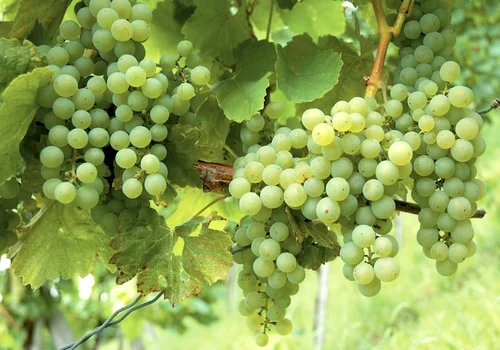In the pursuit of gardening innovations, growing mint has become an intriguing endeavor. This article will guide you through a unique and soil-free method of cultivating mint, offering a fresh perspective on this popular herb. We will explore a new technique that eliminates the need for traditional soil and watering, ensuring a successful mint growth experience.
Introduction to Soil-Free Mint Cultivation
Today, we will delve into a novel way of planting mint that deviates from conventional methods. This approach is designed to be straightforward and efficient, even for those new to gardening. The method utilizes a combination of paper and natural components, negating the need for soil and frequent watering. By the end of this guide, you will be equipped to grow mint successfully, regardless of your gardening expertise.
Selecting and Preparing Mint Cuttings
Begin by procuring fresh mint cuttings from a market or garden center. Opt for healthy, robust stems with thick leaves to ensure rapid rooting. Avoid using thin or weak cuttings, as they are less likely to thrive. Remove any small, delicate shoots from the cuttings, and use pruning shears to trim the leaves. This helps prevent rot and promotes healthy root development.
Understanding the Rooting Process
To plant mint effectively, focus on the nodes—these are the small, knotted areas on the stem where roots and leaves emerge. The rooting process will occur at these nodes, so it is crucial to ensure they are in the right condition for growth. The empty spaces in the middle of the cuttings will not produce roots or leaves.
Creating a Suitable Growth Medium

In this innovative method, we will use paper instead of traditional soil. Paper is an excellent alternative due to its ability to retain moisture and support root growth. However, we need to enhance it with additional materials to optimize its effectiveness. Mix the paper with a simple ingredient to create a nutrient-rich medium for your mint cuttings.
Integrating Charcoal for Enhanced Growth
Charcoal is a valuable addition to our growth medium. Its carbon content benefits the soil by preventing rot and aiding in nutrient absorption. It also helps to eliminate odors and maintain a healthy growing environment. You can also use charcoal to absorb unpleasant smells in refrigerators, making it a versatile household item.
Planting and Maintenance
Once you have prepared your paper-based medium, arrange the mint cuttings in it. Cover the cuttings lightly with the medium, ensuring they receive adequate support. Place the container in a shaded area away from direct sunlight. Maintain moisture levels by lightly spraying the medium with water daily. This will keep the environment conducive to root development.
Monitoring Growth and Making Adjustments
Over time, you will observe the mint cuttings developing roots and new shoots. The cuttings will begin to grow more vigorously, producing lush foliage. Keep an eye on the medium’s moisture level and adjust as needed to prevent drying out. If the surface of the medium becomes dry, use a spray bottle to rehydrate it.
Benefits and Future Prospects
This method of mint cultivation offers numerous benefits, including simplicity and cost-effectiveness. By using paper and charcoal, you can repurpose household items and reduce expenses on gardening supplies. Additionally, this approach is adaptable to various environments, including small spaces like balconies.
Frequently Asked Questions
- Can I use this method for other herbs? Yes, this soil-free method can be adapted for other herbs like basil, parsley, and cilantro.
- How often should I water the mint cuttings? Lightly spray the medium daily to keep it moist but not waterlogged.
- What if I don’t have charcoal? If charcoal is unavailable, you can use a small amount of organic compost to enhance the growth medium.
- How long does it take for mint to root? Mint cuttings typically start to develop roots within 2-3 weeks.
- Can I use regular paper for this method? Yes, use any type of paper that can retain moisture, such as newspaper or cardboard.
- What should I do if the mint cuttings start to wilt? Ensure the medium is adequately moist and provide indirect light to prevent wilting.
- How do I know when to harvest the mint? Mint can be harvested when the leaves are fully developed and the plant is robust. Regular harvesting encourages new growth.




